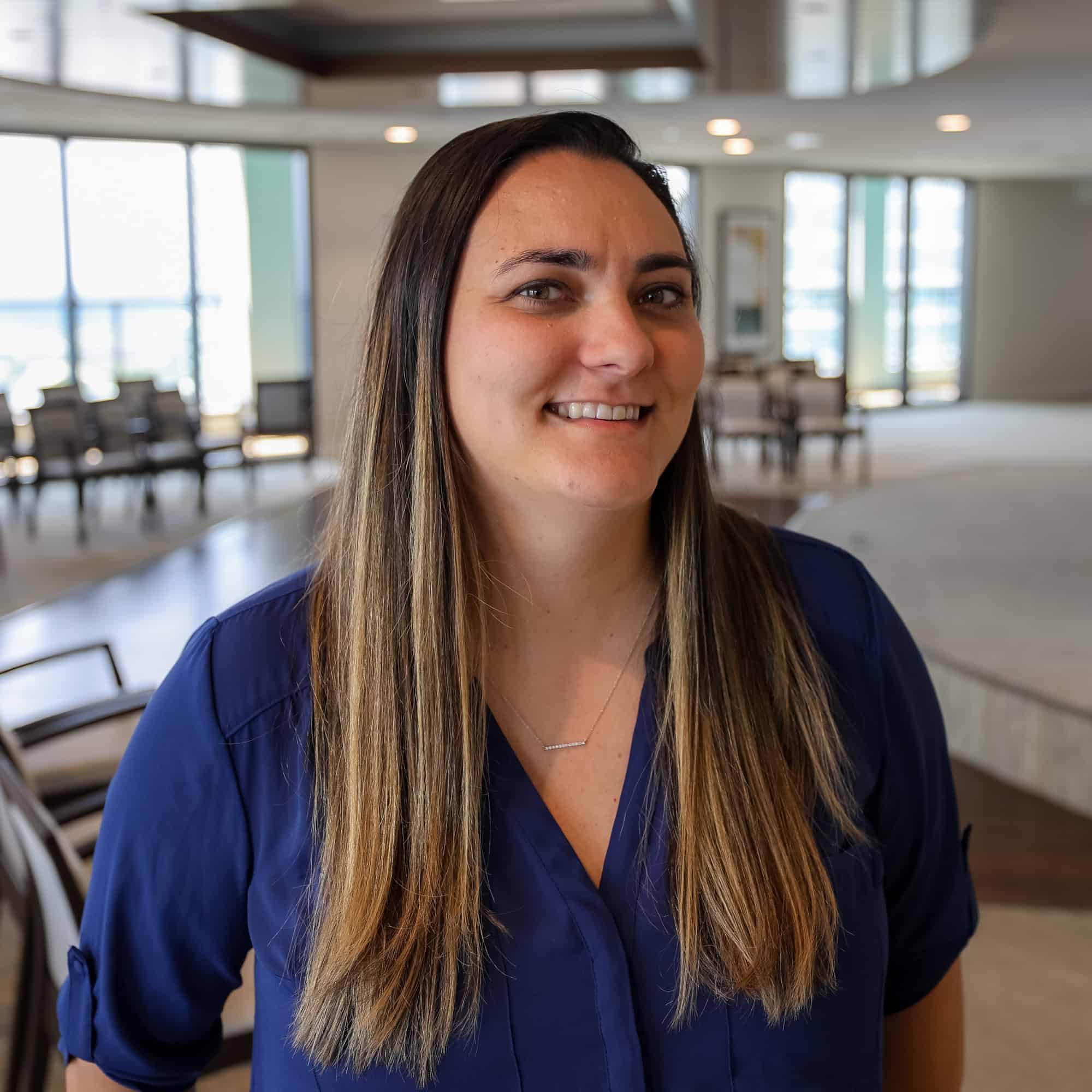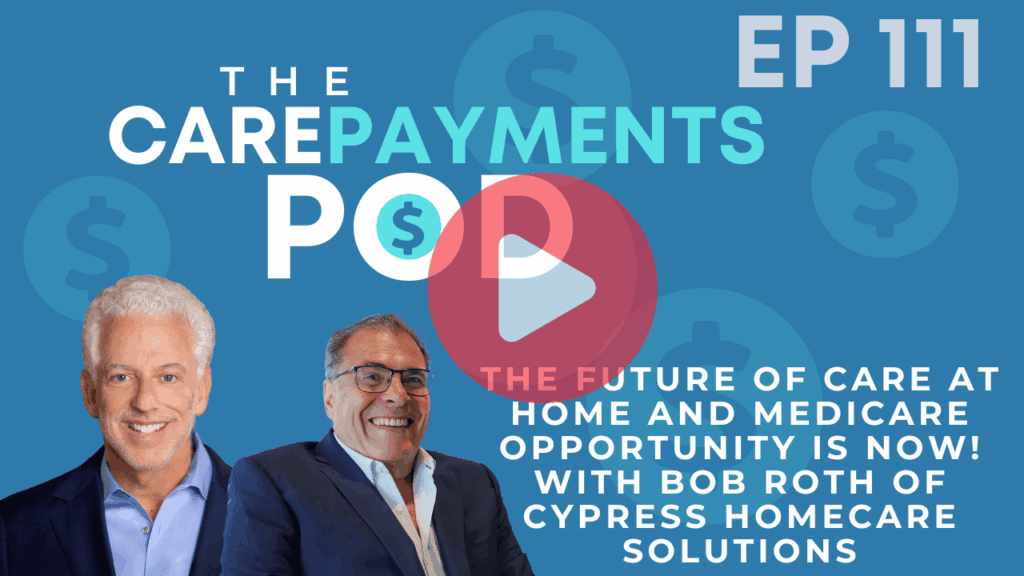THE VBP Blog
Pioneer ACO Model – A First Step Toward Accountable, Coordinated Care
Modest Savings, Meaningful Influence for the Pioneer ACO Model

August 6, 2025 – In 2012, the Pioneer ACO Model became one of the first major tests of what value-based payments could look like in Medicare. The model offered an ambitious promise: if high-performing healthcare organizations were given greater flexibility and shared financial risk, they could improve care coordination, lower costs, and enhance quality for Medicare beneficiaries.
While the Pioneer ACO Model had a relatively short lifespan, it proved influential in shaping the future of value-based payments (VBP). In this blog, we explore its emphasis on shared risk, quality benchmarks, and patient attribution, and how that set the stage for more advanced models that followed.
Model Design and Intent: Building the Blueprint for ACOs
The Pioneer ACO Model was launched in January 2012 as one of the first initiatives from the Center for Medicare and Medicaid Innovation (CMMI). It was designed to test whether healthcare organizations with experience in coordinated care could reduce costs and improve quality for Medicare fee-for-service beneficiaries by accepting greater accountability.
Unlike earlier pilots that focused solely on shared savings, the Pioneer Model was built around two-sided risk. This meant that participating organizations could earn a portion of the Medicare savings, but also risked losses if their spending exceeded the benchmarks. This structure was intended to reward efficiency while encouraging long-term investment in preventive care and care coordination.
Key features of the model included:
- Population-based accountability: Pioneer ACOs were responsible for the total cost and quality of care for a defined population of Medicare beneficiaries, with assignment based on primary care utilization.
- Phased risk levels: Organizations began with shared savings in the first two but transitioned into greater downside risk in Years 3 through 5.
- Quality performance incentives: ACOs were evaluated on 33 quality measures across domains such as patient experience, care coordination, and chronic disease management. Payment was tied to performance on these metrics.
- Care delivery flexibility: ACOs had the autonomy to design and implement strategies to improve care, such as better care transitions, integrated EHRs, and enhanced patient outreach programs.
The model was launched with thirty-two participating organizations in Year 1, covering roughly 500,000 Medicare beneficiaries across the country. These organizations included large integrated health systems, physician-led networks, and regional collaborations already experienced in population health management.
The goal of the Pioneer Model was not just to reduce costs, but to pave the way for broader accountable care reforms. It helped establish the infrastructure and policy foundation for future ACO programs, including the Medicare Shared Savings Program (MSSP) and the Next Generation ACO Model.
Results and Evaluation: Modest Savings, Meaningful Influence
Over its five-year run, the Pioneer ACO Model achieved modest but consistent financial savings while improving or maintaining the quality of care. From 2012 to 2016, Pioneer ACOs generated an estimated $384 million in total gross savings for Medicare.
These savings were mainly driven by reductions in hospital admissions, readmissions, and the use of post-acute care—particularly among high-cost, high-risk patients. ACOs invested in care coordination infrastructure and smoother care transitions.
Pioneer ACOs also showed improvements in several patient experience and quality measures. Larger ACOs and those with hospital ownership were linked to higher satisfaction with provider-provided communication, timely care, and shared decision-making. ACOs in lower socioeconomic areas although they performed well in terms of access and physician ratings, despite access to specialty care remaining a challenge.
However, participation declined over time. Of the thirty-two original ACOs, only 9 remained by the model’s final year. Many organizations left due to concerns about the benchmarking methodology, attribution rules, and the speed at which they were expected to assume risk. Despite this attrition, the model had a lasting policy impact, as it directly informed the structure of the Medicare Shared Savings Program (MSSP) and laid out the structure of the Medicare Shared Savings Program (MSSP). It laid the groundwork for more advanced models, such as the Next Generation ACO, and directly informed the structure of the Medicare Shared Savings Program (MSSP).
What Worked—and What Didn’t
As one of CMMI’s earliest ventures into population-based payment reform, the Pioneer ACO Model yielded valuable insights. It proved that risk-bearing providers could manage cost and quality but also showed where early accountable care models needed refinement.
What Worked:
- Savings without sacrificing quality: Pioneer ACOs reduced Medicare spending, while improving performance on most quality measures. This validated the core ACO premise that better care coordination could lead to better outcomes at lower cost.
- Clinical flexibility and innovation: Pioneer organizations used their autonomy to design tailored care models, including special care management programs. These innovations became the best practices adopted in later ACOs.
- Foundation for future models: Perhaps the model’s most lasting success was its influence on Medicare policy. Its structure directly informed the MSSP and Next Generation ACOs, and many former Pioneer participants continued as leaders in later programs.
What Didn’t Work:
- High attrition rates: By the end of the model, more than two-thirds of participants had exited. Many cited dissatisfaction with the benchmarking methodology and concerns about financial risk outpacing infrastructure readiness.
- Provider Engagement: Many ACOs struggled to engage providers due to small or delayed savings, with specialists being especially reluctant over concerns about revenue loss and a lack of alignment with population health goals.
- Lack of integration beyond medical care: Like many early ACO models, Pioneer focused on medical cost and quality but did not include behavioral health, LTSS, or social supports in its design or incentives, which limited its ability to address the full range of patient needs.
The Pioneer ACO Model succeeded in proving that financial risk and care accountability could coexist, but its limitations underscore the importance of refining. Still, its limitations highlight the importance of refining, demonstrating that financial risk and care accountability can coexist successfully.
Applying the Model to LTSS: Accountability with Flexibility
While the Pioneer ACO Model wasn’t designed for long-term services and supports (LTSS), it offers several concepts that could be adapted to meet the needs of older adults and people with disabilities. At its core, Pioneer demonstrated that provider groups can manage cost and quality at the population level when given aligned incentives, care flexibility, and a clear performance framework. These are all elements that can be effectively translated to LTSS.
One of the most applicable features is the model’s emphasis on shared risk and savings tied to total cost of care. In the LTSS space, this could incentivize providers to reduce unnecessary institutionalization and promote home- and community-based services (HCBS), which are often more cost-effective and aligned with consumer preferences. ACO-style contracts for LTSS providers could reward care teams that successfully keep people at home, reduce hospitalizations, and improve caregiver coordination.
The Pioneer model’s care delivery flexibility also aligns well with LTSS. Just as ACOs were empowered to invest in innovative strategies and infrastructure, LTSS organizations could benefit from autonomy to utilize funds on services such as home modifications, transportation, or caregiver respite services that prevent crises and maintain independence.
The Pioneer ACO Model also placed strong emphasis on care coordination and proactive management of high-risk patients. Participating ACOs implemented tools to reduce hospital readmissions and improve continuity of care. These same approaches could be highly effective in LTSS, where managing chronic conditions, preventing institutionalization, and supporting family caregivers are central goals.
That said, Pioneer’s limitations also offer important lessons. The model did not include social supports or non-Medicare services, making it poorly equipped to manage the full scope of LTSS needs. Any future adaptation would need to integrate Medicaid-funded services and allow for cross-payer alignment. Additionally, the model’s provider engagement challenges are something that would need to be addressed with clearly defined incentives that would encourage buy-in.
In short, while the Pioneer ACO Model wasn’t built for LTSS, its foundational concepts offer a strong starting point for more inclusive, person-centered reform.
Advocate’s Perspective
Maryland’s Total Cost of Care Model stands out not just for its results, but for its vision. By aligning financial incentives with quality, equity, and community health goals, it created a system where providers could thrive by doing what’s right for patients. That’s the kind of shift we need in long-term services and supports, where care isn’t just coordinated, but genuinely centered around the person. What makes this model particularly relevant to the future of long-term services and supports (LTSS) is how it operationalizes accountability across providers, fosters primary care innovation, and embeds equity goals into its design.
As we explore more CMMI models in this blog series, Maryland’s success gives us a powerful reminder that innovation doesn’t have to start from scratch. It can build on what works, evolve through strong partnerships, and expand to meet the needs of the people who too often fall through the cracks of fragmented systems. LTSS reform is long overdue, but if we borrow from the best models like TCOC, it doesn’t have to be out of reach.
Onward!
The CarePayments Podcast
Episode #111
The Future of Care at Home and Medicare Opportunity Is Now! with Bob Roth of Cypress Homecare Solutions
WATCH NOW
Share This Blog!
Get even more insights on Linkedin & Twitter

About the Author
Fady Sahhar brings over 30 years of senior management experience working with major multinational companies including Sara Lee, Mobil Oil, Tenneco Packaging, Pactiv, Progressive Insurance, Transitions Optical, PPG Industries and Essilor (France).
His corporate responsibilities included new product development, strategic planning, marketing management, and global sales. He has developed a number of global communications networks, launched products in over 45 countries, and managed a number of branded patented products.

About the Co-Author
Mandy Sahhar provides experience in digital marketing, event management, and business development. Her background has allowed her to get in on the ground floor of marketing efforts including website design, content marketing, and trade show planning. Through her modern approach, she focuses on bringing businesses into the new digital age of marketing through unique approaches and focused content creation. With a passion for communications, she can bring a fresh perspective to an ever-changing industry. Mandy has an MBA with a marketing concentration from Canisius College.
